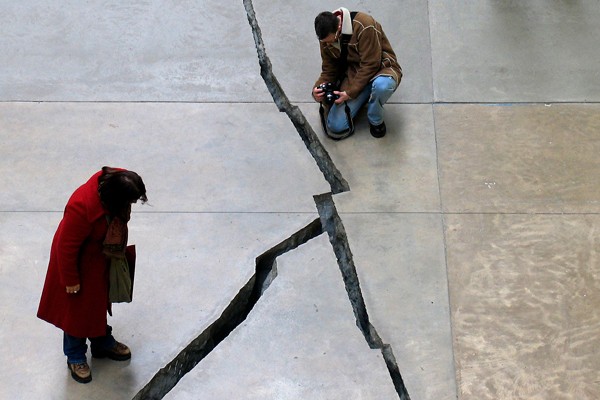An art historian, a tweet and an unexpected result
By Linda B. Glaser
Tweets have inspired social movements, brought down government officials and triggered arrests. Love it or hate it, Twitter wields tremendous power to influence the world and, in the case of Cornell art historian Ananda Cohen-Aponte, inspire research.
When Cohen-Aponte (@drnandico) started the hashtag #POCArtHistory back in March, her intention was simply to try to put together a group of all the art historians of color on Twitter. “Then the hashtag started to take off. I was really surprised by the response I got,” said Cohen-Aponte, associate professor of history of art and visual studies.
The hashtag has since been used to promote the work of art historians of color, share job opportunities, and spark conversations about inequities, diversity and inclusion within the field of art history and in art institutions. “People were interested in how we can help to make some change within the discipline to diversify it and to build opportunities,” said Cohen-Aponte.
The questions raised on Twitter inspired her to dig deeper. She began work on a demographic research project with Elena FitzPatrick Sifford of Muhlenberg College to conduct a survey this fall of all tenured and tenure-track faculty specializing in Latin American, Latino/a and Hispanic art history at U.S. colleges and universities, as well as graduate students in the U.S. writing dissertations in those academic areas.
Their preliminary research finds that while art historians have made great strides in addressing the Eurocentrism of the field and expanding the canon to include marginalized artistic traditions, the discipline itself is in great need of diversification, said Cohen-Aponte.
“The main point we want to make is that including the voices of people of color within the discipline of art history is not only an issue of equity, but an intellectual issue as well: Diversity drives new directions in the field.”
The results of their survey and their analysis, “Addressing Diversity and Inclusion in Latin American and Latinx Art History,” is forthcoming in 2019 in the Journal of Latin American and Latinx Visual Culture. Their research will be part of a special section in the journal focused on the issues raised by users of the #POCArtHistory hashtag. The section will showcase personal essays by art historians and visual anthropologists.
Another project inspired by the social media conversations is both academic and pedagogical: the Pipelines to Art History program, which Cohen-Aponte hopes to launch next year in partnership with Engaged Cornell and other funding sources.
“When people talk about diversity in the highest echelons of museums and institutions, they focus on hiring practices,” explained Cohen-Aponte. “But that’s starting at the end point. How are people getting pipelined into the discipline of art history to begin with? I’m interested in tackling these issues of exclusion and inequity at their source: the K-12 classroom.”
According to Cohen-Aponte, art history has virtually no presence in youth-based nonprofit organizations or in K-12 curriculums in the public schools. Pipelines to Art History would engage youth in art history through lectures and hands-on activities. Cornell students, serving as mentors, would devise lessons and educational materials on non-Western art history, with an emphasis on Latin American and Latina/o art. Cohen-Aponte plans to begin in Ithaca and eventually branch out into New York City.
With #POCArtHistory still going strong on Twitter, Cohen-Aponte expects the conversations it inspires will lead to more projects and real-world encounters.
“This has been so different from a typical academic process,” she said. “Who knows where it will lead next?”
Linda B. Glaser is a staff writer for the College of Arts and Sciences
Media Contact
Get Cornell news delivered right to your inbox.
Subscribe

